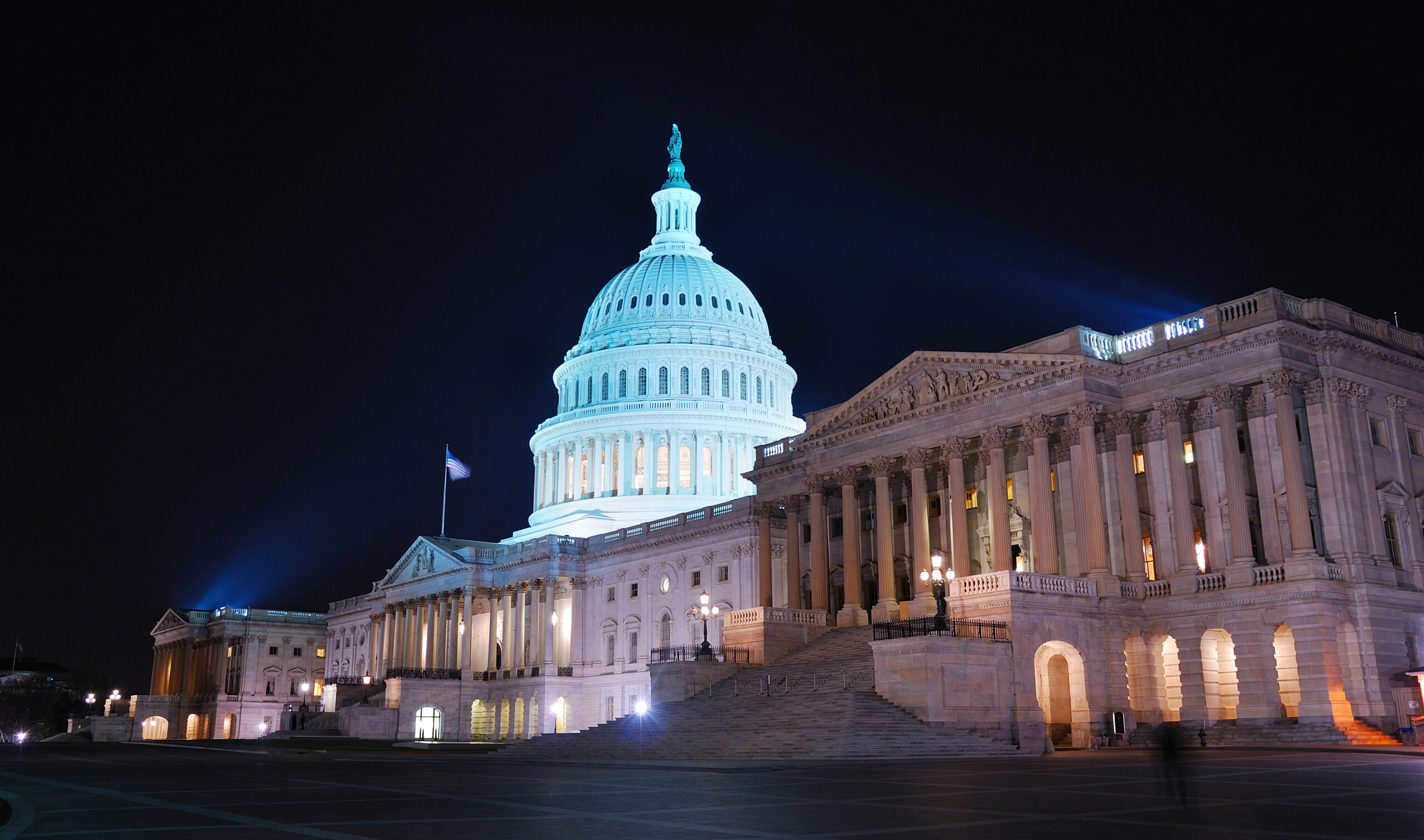New York Releases Guidance for Paid Prenatal Leave Law that Takes Effect January 1, 2020
The New York State Department of Labor has released informal guidance on the Paid Prenatal Leave Benefit that will be available for New York employees starting January 1, 2025. The guidance contains general information about the benefit as well as a page of frequently asked questions.
As previously reported, New York State’s 2025 budget increased the New York State Paid Sick Leave Law by requiring employers to provide employees with up to 20 paid hours of leave in any 52-week period to attend prenatal or health care appointments during or related to pregnancy. Paid Prenatal leave does not accumulate and is available immediately to employees who need it. Paid Prenatal Leave may be taken in 1 hour increments.
The newly issued guidance provides some additional details around the new benefit. Some key points from the guidance are as follows:
Employer and Employee Coverage
The guidance emphasizes that Paid Prenatal Leave is available to all private sector employees regardless of employer size and without regard to full-time/part-time or overtime exempt/non-exempt status.
Employees may begin using Paid Prenatal Leave at any time and do not need to have worked for their employer for a minimum amount of time before accessing the benefit.
Using Paid Prenatal Leave
The guidance provides that Paid Prenatal Leave covers health care services received by an employee during their pregnancy or related to such pregnancy, including physical examinations, medical procedures, monitoring and testing, and discussions with a health care provider related to the pregnancy. This includes fertility treatment or care appointments (including in vitro fertilization) and end-of-pregnancy care appointments.
However, Paid Prenatal Leave may not be used:
- by an employee other than the employee directly receiving prenatal health care services (e.g., the benefit does not cover spouses or partners of the pregnant person); or
- for post-natal or postpartum appointments.
The 20 hours of Paid Prenatal Leave are available once in a 52-week period, measured forward from the date an employee first uses Paid Prenatal Leave time. If there are multiple pregnancies within a 52-week period, the employee may only use 20 hours of Paid Leave. The guidance states that Paid Prenatal Leave is “in addition to existing leave policies and the NYS Sick Leave Law” and “provides a separate benefit from other leave policies and laws.” Therefore, employees are entitled to 20 hours of Paid Prenatal Leave in addition to any other available leave options. To that end, the guidance states that Paid Prenatal Leave is “in addition to existing leave policies and the NYS Sick Leave Law” and “provides a separate benefit from other leave policies and laws.” Therefore “
mployees are entitled to 20 hours of Paid Prenatal Leave in addition to any other available leave options.”
The guidance also emphasizes that while prenatal health care and appointments may also be a covered reason for leave under the New York State Paid Sick Leave Law or other existing employer leave policies, an employer cannot require an employee to choose one leave type over another or require an employee to exhaust one type of leave before using Paid Prenatal Leave.[e]Requiring Medical Documentation Not Permitted
The guidance states that employers cannot ask employees to disclose confidential information about their health conditions in order to use Paid Prenatal Leave, nor can employers require employees to submit medical records or documents in connection with their use of the benefit. The guidance states that employers cannot require employees to submit medical records or documents in connection with their use of the benefit.






